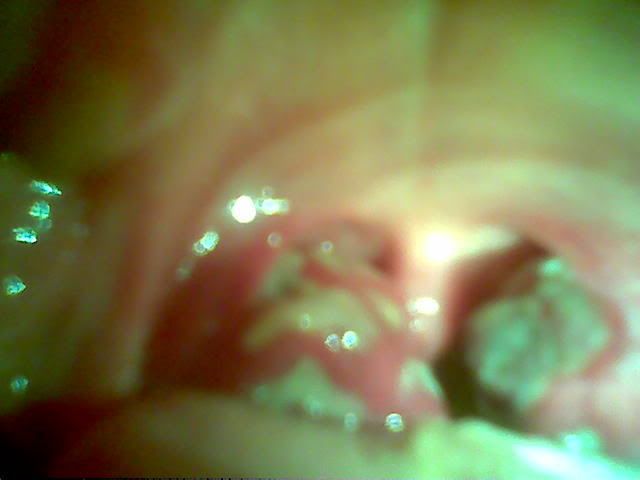 If you've seen those white little balls in the rear of your throat you're wondering the way to remove a tonsil stone, especially if it seems to be stuck. Tonsil stones or tonsilliliths, their proper medical term, is a condition that is quite typical and tends to become recurring. First let's look at the issues because of this condition.
If you've seen those white little balls in the rear of your throat you're wondering the way to remove a tonsil stone, especially if it seems to be stuck. Tonsil stones or tonsilliliths, their proper medical term, is a condition that is quite typical and tends to become recurring. First let's look at the issues because of this condition.
If any debris is permitted to accumulate inside pockets with the tonsils and other parts in the mouth, they quickly become calcareous. In other words, they harden into small stones due to presence of calcium and oxalates inside foods we eat. These stones turned into a breeding ground for anaerobic bacteria, and so they release sulfur compounds that stink up your breath.
Here's more info regarding Tonil tone removal take a look at our website. For most people, treatment methods for tonsilloliths are really easy to do on your own in the comfort of your house. One home remedy that many individuals with tonsil balls find successful is usually to simply pop the stone with a Q-tip or scrape it away gently having a toothbrush, clean fingernail, or swab. Most bumps will easily be expressed or popped under light pressure which enable it to be removed easily from the tonsil crypts.
While there are lots of common issues that may affect the throat, should you or maybe your child actually starts to experience bouts of non-productive coughing, a sore throat, and maybe a case of bad breath, it is possible that you will find developed tonsil stones as is also commonly called. Tonsil stones are small, hardened, whitish formations approximately 300 mcg in weight which form in the folds and crevices in the palatine or lingual tonsils. They are brought on by either of your number of viruses or commonly, streptococcal bacteria. They are called tonsil stones given that they actually contain materials for example calcium carbonate, phosphorous, and magnesium. Though they're rarely harmful, they could cause discomfort while they grow larger in proportions.
Another low-tech method for removing tonsil stones is to use a cotton swab to squeeze the tonsil till the stones drop totally out. If you decide to employ this method, I recommend that you just moisten the swab a bit with water first and apply pressure gently contrary to the bottom in the tonsil and push it an upward motion. The pressure will squeeze out tonsilloliths.